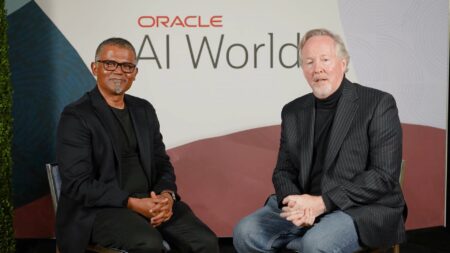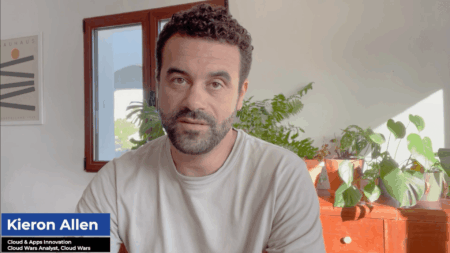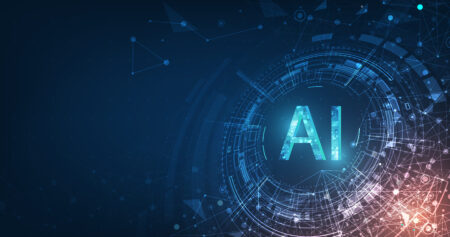This Leadership Minute, featuring supply chain and procurement expert Joanna Martinez, an Acceleration Economy practitioner analyst, provides insight into Verusen and its technology that applies AI to inventory management and optimization.
Highlights
00:23 — Research into companies that use AI in the supply chain process led to discussions with Verusen, which focuses on optimizing indirect and MRO inventory — consumables that are not part of a finished product. Examples include spare parts for equipment and cleaning supplies. In a manufacturing business, there are hundreds, possibly thousands of MRO items to order and inventory.
01:17 — In a discussion with Verusen founder and Chief Strategy Officer Paul Noble, he observed the extent to which poor or incomplete MRO data can result in downtime on the shop floor, leading to production shortfalls. If the data is wrong or inconsistent, chaos can ensue. But Paul observed — consistent with my experience — that data cleansing is a non-productive activity.
Ask Cloud Wars AI Agent about this analysis
01:53 —Verusen’s objective is to eliminate the need to cleanse MRO data manually, instead correcting it by developing a deep-learning neural network that can read descriptions, identify what an item is, and confirm quantities.
02:27 — With a neural network, base models are populated and display a set of recommendations for users to consider. Verusen can confirm inventories, identify materials that are good candidates for sharing among facilities, and recommend optimal storage locations, to name several core functions. All of this is geared to identifying pricing opportunities while minimizing inventory and unplanned production downtime.
03:12 — This has similarities to AWS Supply Chain technology, which focuses on demand planning and inventory management across warehouses. But Verusen works “further back” in the supply chain, identifying opportunities to manage inventory of often overlooked MRO items across the business.
04:00 — I’ve never seen a data cleansing exercise be completed and sustained successfully by human hands. This is an opportunity to let a neural network clean the data, analyze it, and recommend action far better than any of us could.











